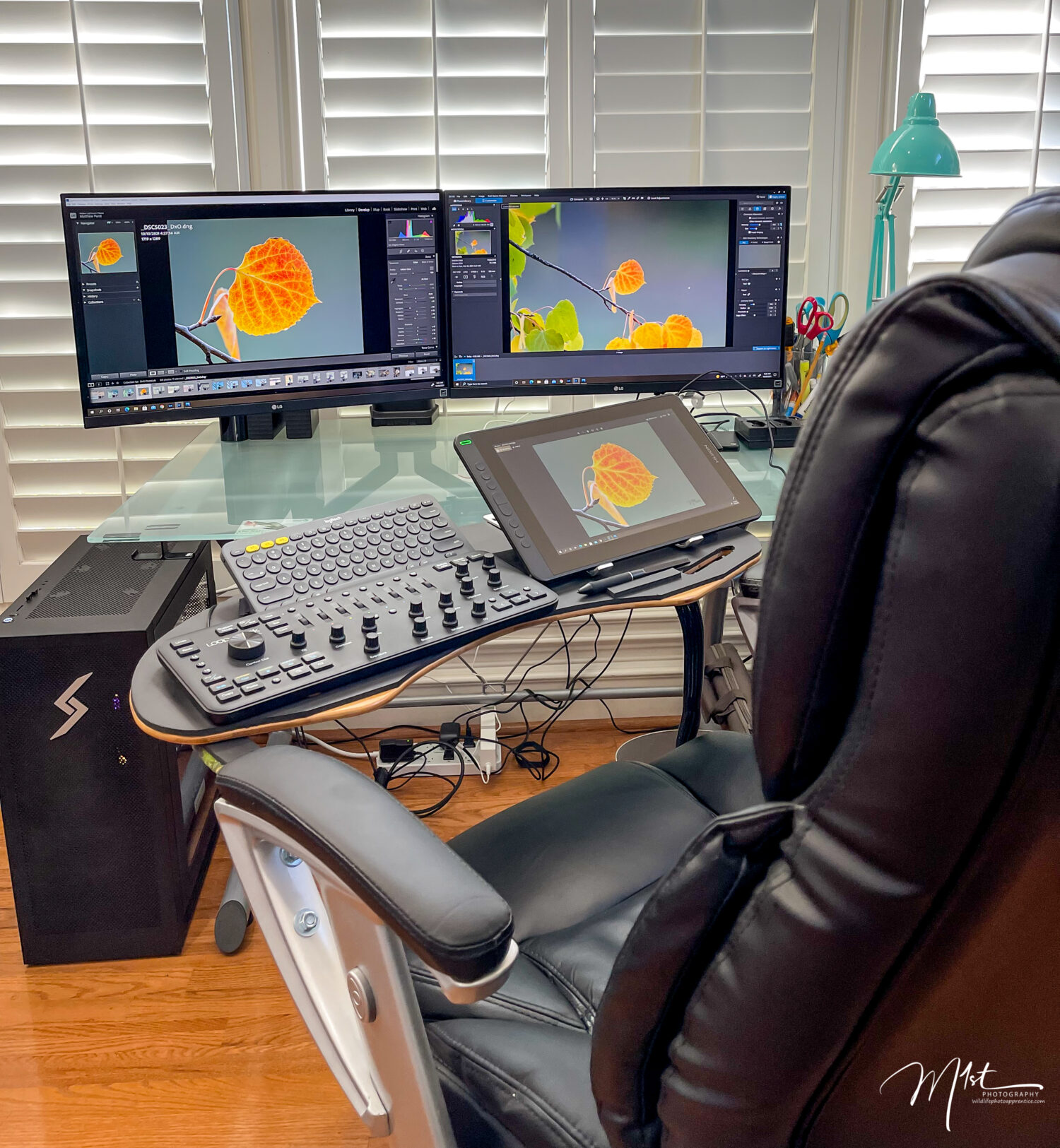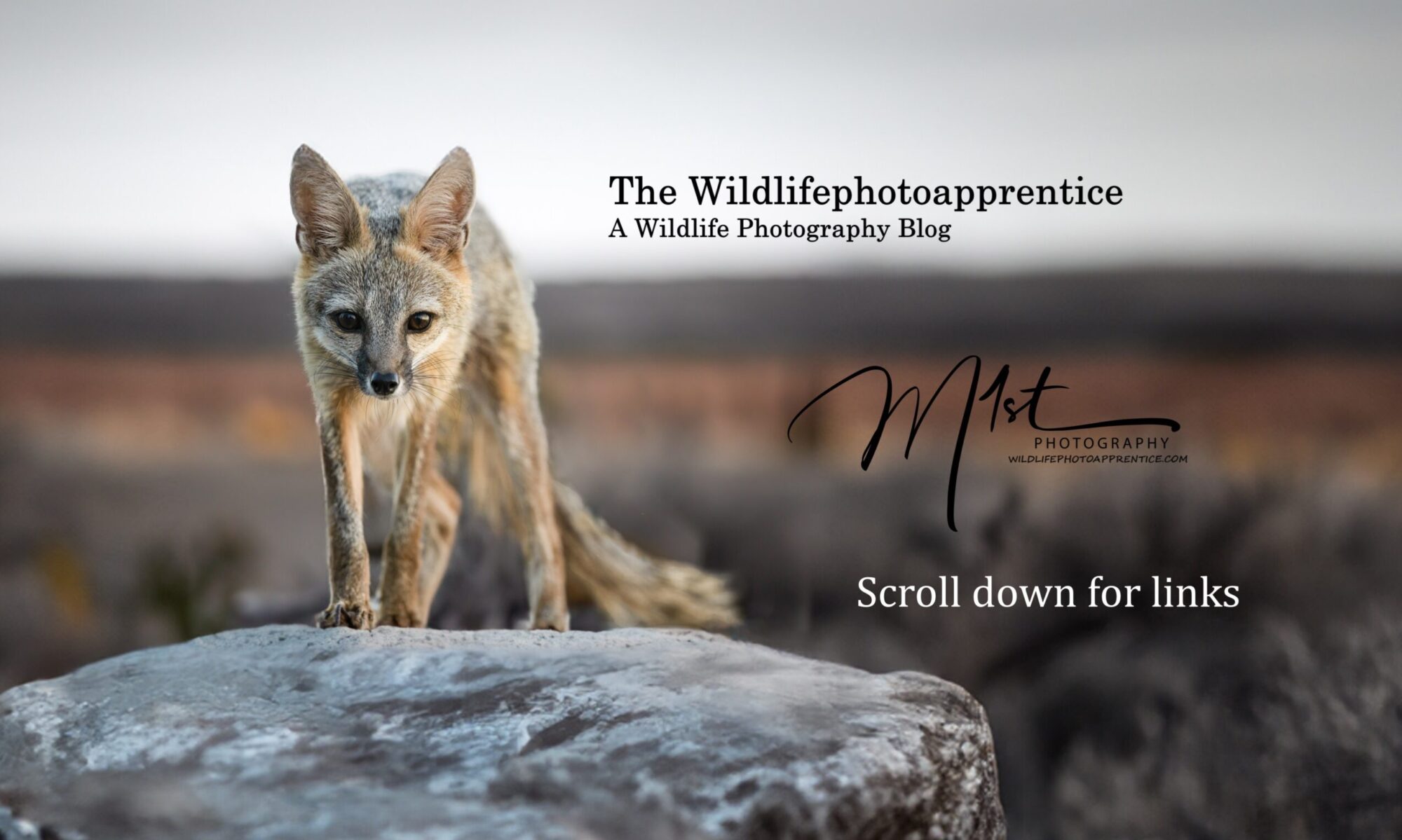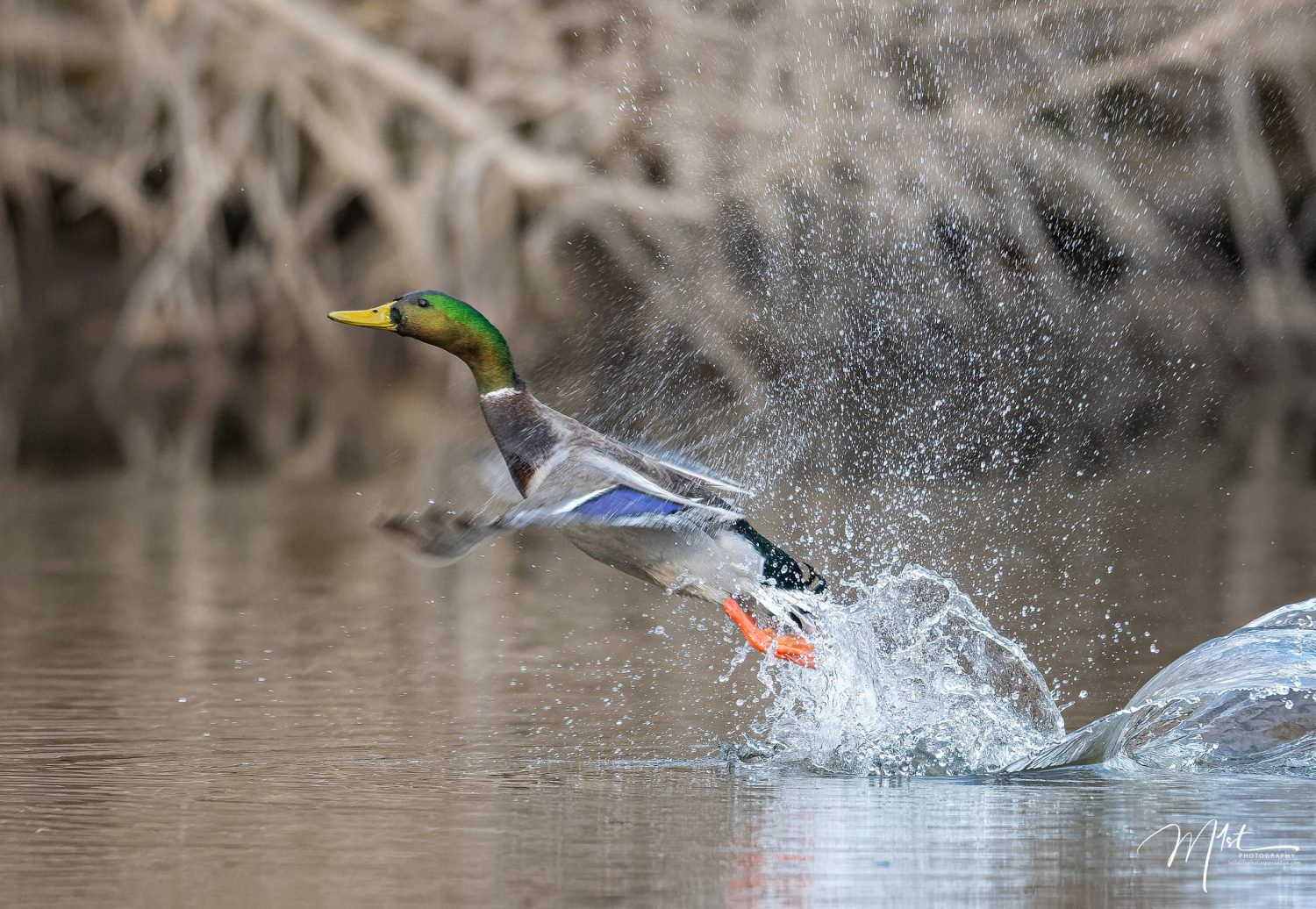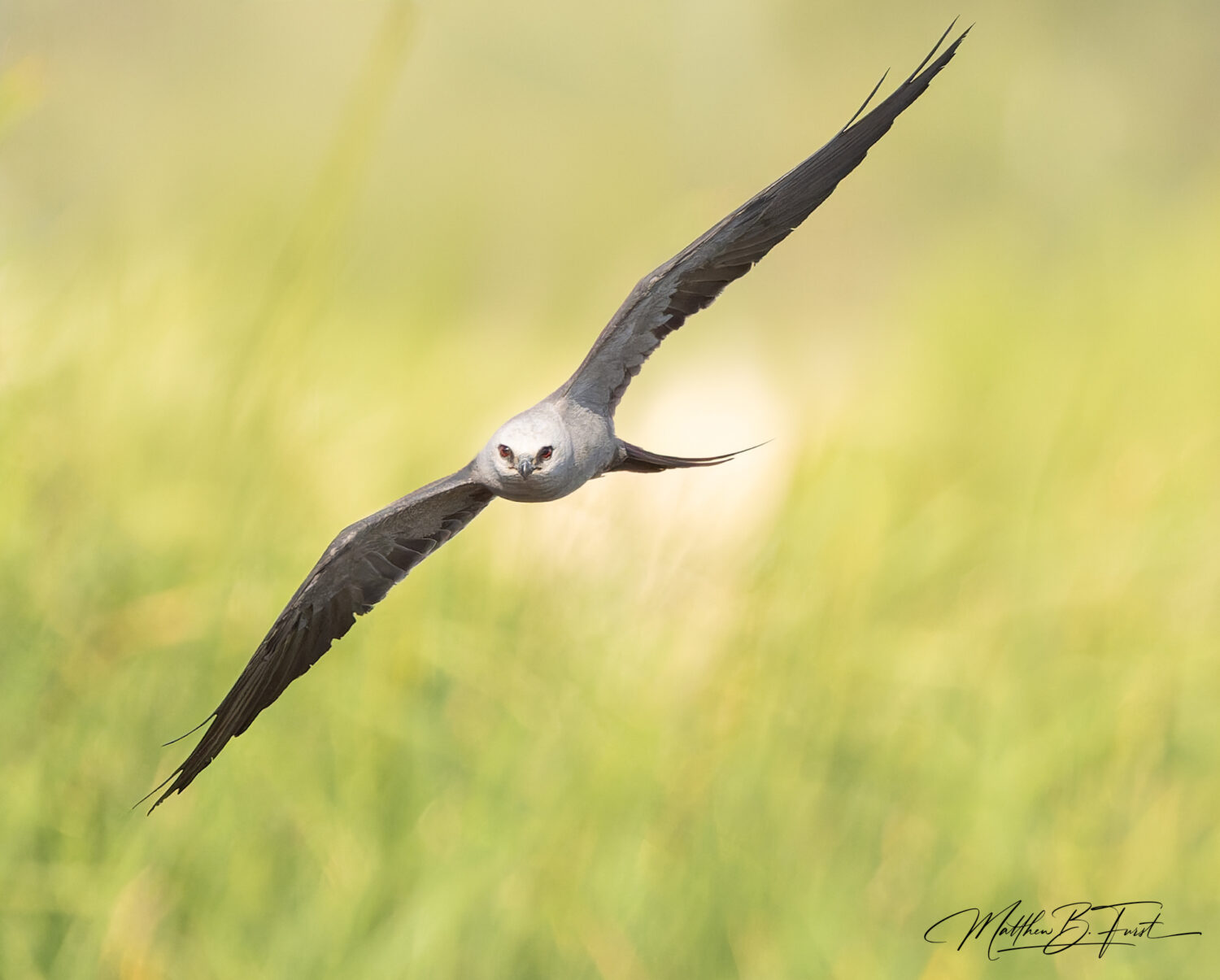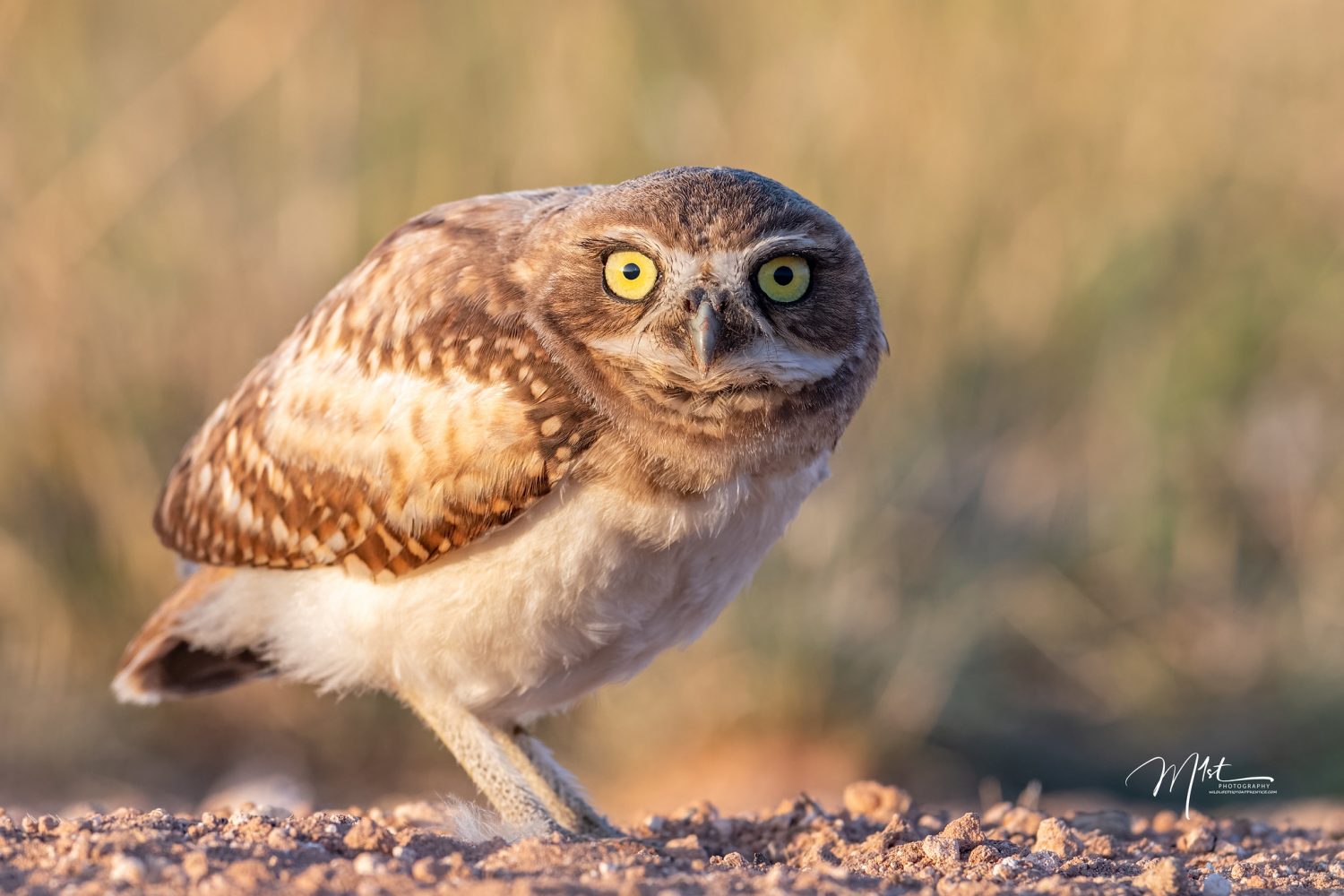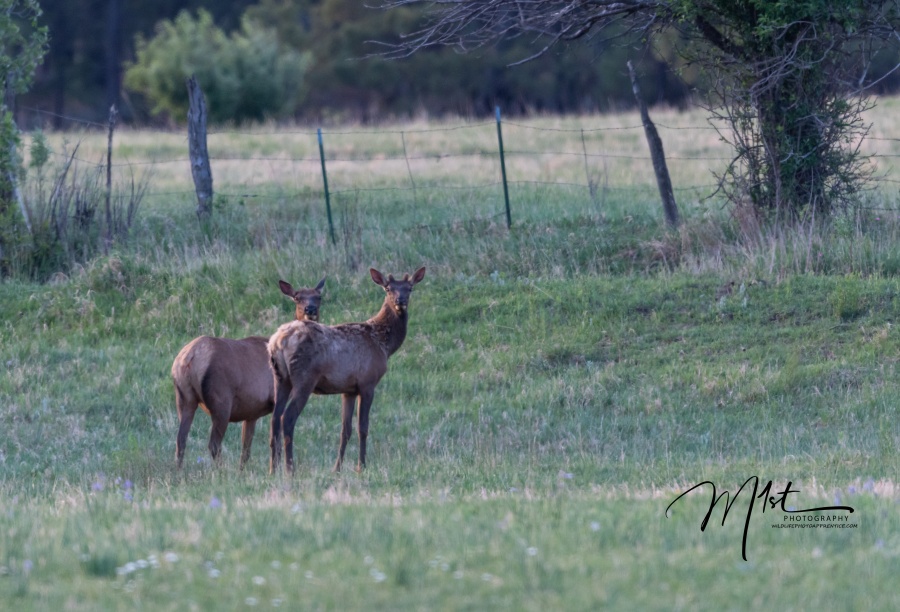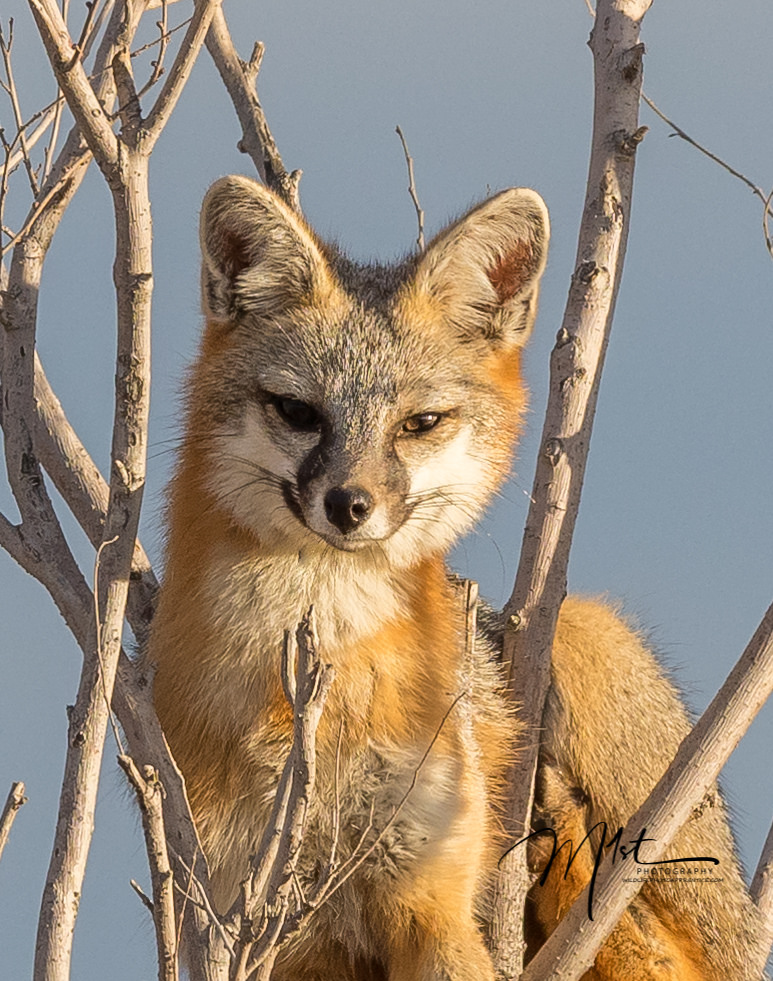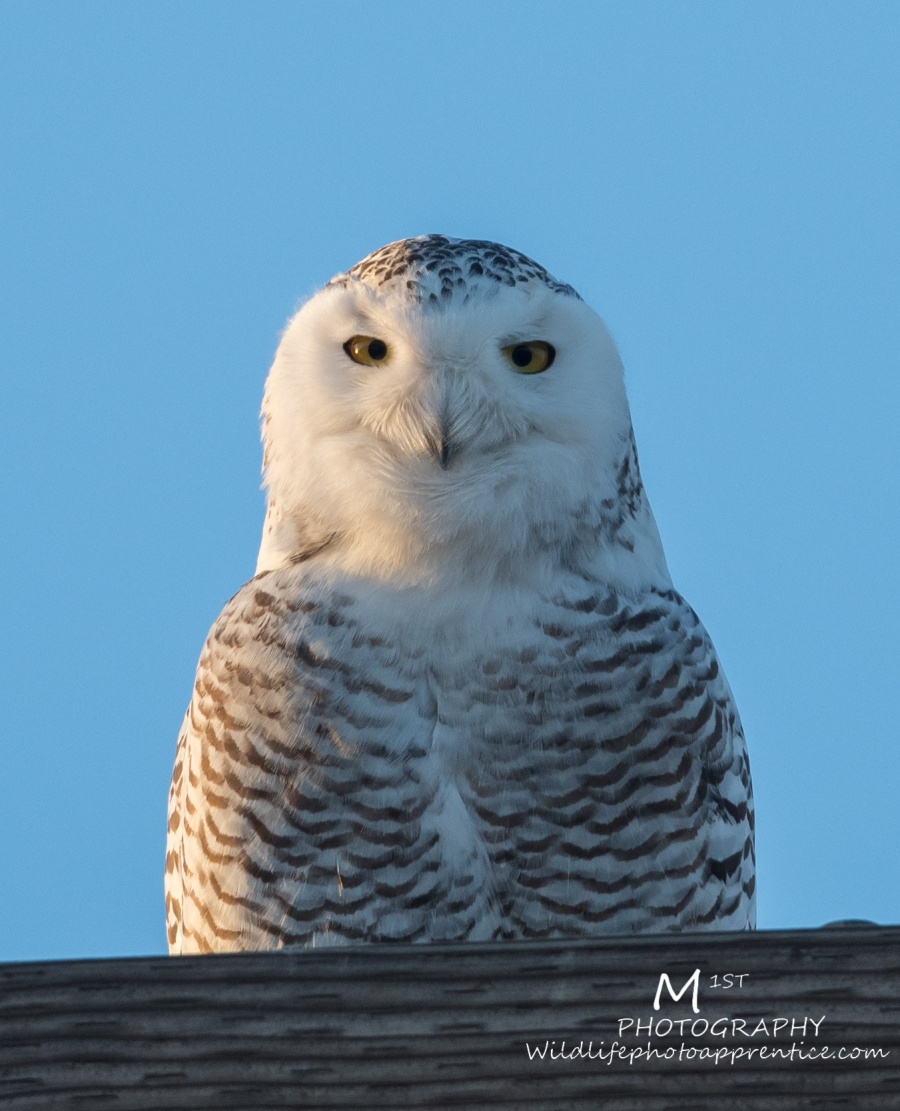Photo-editing is an essential and tedious part of any photographer’s workflow. As wildlife photographers, we spent significant amounts of money on cameras, lenses, and other equipment for capturing our images on the front end. We incur an additional cost when we travel to exotic locations to pursue our subjects. The expenditures don’t stop when it comes to post-processing our images with computers, software, and peripherals such as Wacom tablets and Loupdeck panels that make the entire process easier and more efficient. Spending hours in front of a computer editing photos takes concentration and can be mind-numbing. The more comfortable you are while doing it, the less mind-numbing it will be. For a comparatively minimal investment of both money and time, you could soon be editing your photos in both comfort and style.
